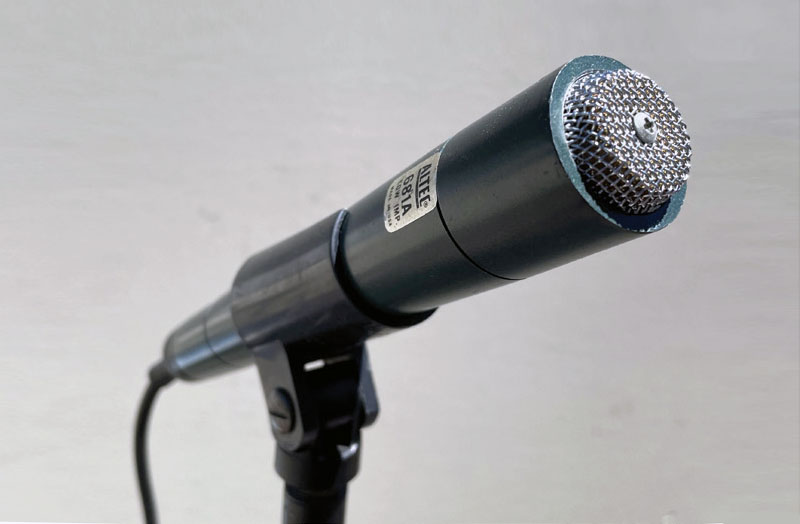Most pro audio folks know the name James B. Lansing from his later company, JBL, but he actually co-founded another entity (with partner Ken Decker) named the Lansing Manufacturing Company in 1927 that started out making speakers for the rapidly growing radio market. Decker was killed in an airplane crash in 1939, and in 1941 the company was bought by Altec Service Corporation, which changed the name to Altec Lansing.
In 1946, Lansing’s contract was up with Altec and that’s when he went on to found JBL. Various corporations have owned Altec Lansing over the years and currently it’s a brand of The Infinty Group that largely produces consumer products such as Bluetooth speakers, headphones, ear buds, and so on.
Growing up, I was familiar with the brand mostly because its “Voice Of The Theater” line of loudspeakers that were well known by sound folks and audiophiles. In addition to serving cinema applications, Altec Lansing also offered loudspeakers for the burgeoning home stereo hi-fi market as well as PA gear that included loudspeakers, mixers, processors, amplifiers and microphones.
Fitting The Bill
The Altec 681A in my collection is a dynamic omnidirectional handheld design produced in the 1960s. My stable of mics isn’t full of high-end and/or expensive models but rather mics that garage bands as well as working musicians and sound techs could afford, and the 681A definitely fits that bill.

Literature for the mic states: “The model 861A is a high-quality, inexpensive unit, having an omni-directional pickup pattern and is designed for general purpose installations such as public address systems, public speaking and paging systems or amateur radio.”
The 861A was offered in three finishes, including the dark green enamel seen here for my unit as well as brushed chrome and 22-carat gold plated. Some of the other mic offerings from Altec were also available with a brown finish.
Further, the 681A was available in high- or low-impedance versions. A sticker about an inch from the mic’s front end contains the model number and impedance configuration. A rugged steel mesh windscreen protects the diaphragm and is held in place with a screw.
One cool feature is a small, rounded metal “pin” that sticks out slightly from the body about 2.5 inches from the cable end. This was called the “Locking Pin” and the user would insert the mic into the clip and then twist the mic to either side to help prevent the mic from slipping out of the clip.

Smooth Operator
The spec sheet states, “The model 681A incorporates Altec’s dynamic moving coil and the new Golden Diaphragm of Mylar Polyester to provide smooth response from 50 to 18,000 cycles.” (I think I had a leisure suit back in the 70s made of polyester, but that’s another article.)
Fifteen feet of two-conductor shielded cable was attached to the mic. It came unterminated but there was a wiring diagram provided in the paperwork that showed how to hook up a connector. The cable on my unit was cut short by a former owner and replaced with an XLR connector. I don’t have a box for this mic but I do possess a spec sheet that was included with as well as the original stand clip.
While not well known today for its mics, Altec Lansing made a lot of PA equipment “back in the day” that’s still sought after by collectors. The 861A is a great example that offered up a rugged package with quality sound at an economical price.
Altec Lansing 861A Specs
Transducer Type: Special Altec Mylar diaphragm dynamic
Polar Pattern: Omnidirectional
Frequency Response: 50 Hz – 18 kHz
Nominal Impedance: Low or high
Size: 7 3/8” x 1 1/8”
Net Weight: 10 ounces
List Price In 1963: $42
Go here to check out more Microfiles articles.




















